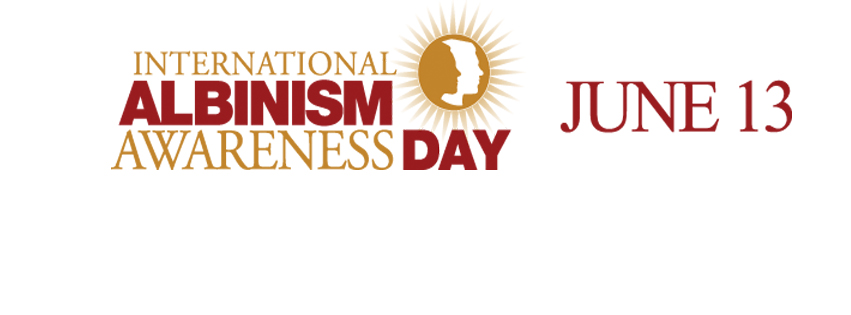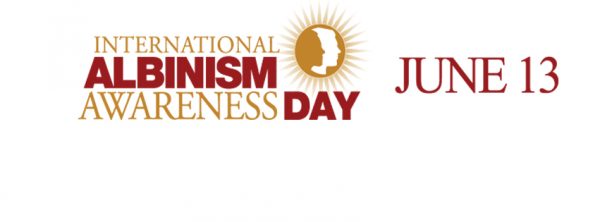International Albinism Awareness Day (IAAD) is celebrated annually on June 13 to celebrate the human rights of persons with albinism worldwide. June 13th therefore, is International Albinism Awareness Day; a day set aside by the UN to amplify its efforts to stop the brutalities against people with albinism
Early developments and History
Around the mid-2000s, reports made public a rising number of violent attacks on and murders of persons with albinism in Tanzania. Many reports have accused perpetrators to attribute magical powers to the bodies of persons with albinism and, thus, to be motivated to use them for lucky charms and occult rituals. Until 2015, perpetrators killed more than 70 victims and harmed many more. In response, the Tanzania Albinism Society (TAS) and other NGOs began campaigning for the human rights of persons with albinism. TAS celebrated the first ‘Albino Day’ on May 4, 2006. It became ‘National Albino Day’ from 2009 onwards and was eventually called ‘National Albinism Day’.
United Nations Observance
On an international level, the Canadian NGO ‘Under the Same Sun’ (UTSS) joined late Ambassador of the Mission of Somalia to the United Nations (UN), Yusuf Mohamed Ismail Bari-Bari, in his effort to pass a resolution promoting and protecting the rights of persons with albinism. Such a resolution came about when the Human Rights Council on June 13, 2013 adopted the first resolution ever on albinism. Later on, in its resolution 26/10 of June 26, 2014 the Human Rights Council recommended June 13 to be proclaimed as International Albinism Awareness Day by the United Nations’ General Assembly. The UN’s General Assembly, then, adopted on December 18, 2014 resolution 69/170 to proclaim, with effect from 2015, June 13 as International Albinism Awareness Day. The chosen date is reminiscent of the UN’s first ever resolution which was passed on June 13 a year before.
Albinism: A Genetic Condition Not a Calamity
Albinism is a genetic condition resulting in little or no pigmentation in the skin, hair, and eyes. In several cultures around the world, and particularly in many African countries, people with albinism live in constant fear of murder. Others experience severe discrimination and bullying. People with albinism face multiple forms of discrimination worldwide. Albinism is still profoundly misunderstood, socially and medically. The physical appearance of persons with albinism is often the object of erroneous beliefs and myths influenced by superstition, which foster their marginalization and social exclusion. This leads to various forms of stigma and discrimination.
In some communities, erroneous beliefs and myths, heavily influenced by superstition, put the security and lives of persons with albinism at constant risk. These beliefs and myths are centuries old and are present in cultural attitudes and practices around the world.
A Track Record of Some Yearly themes
Each year a theme is chosen to set the tone for the days celebrations. So far, they have been the following:
Year Theme
2016 Celebrate diversity; promote inclusion; protect our rights
2017 Advancing with renewed hope
2018 Shining our light to the world
2019 has the theme “Still Standing Strong.”
This theme has been chosen to recognize, celebrate and encourage strength in persons with albinism. It also wishes to recognize that despite all the past and ongoing challenges faced by persons with albinism (from stigma and discrimination around the world to discrimination in health and education and finally, attacks and violations), they are STILL STANDING STRONG!
Albinism: The Right to Dignity
International Albinism Awareness Day was adopted by the UN General Assembly on December 18, 2014. The resolution “encourages UN Member States to continue their efforts to protect and preserve the rights of persons with albinism to life, dignity and security, as well as their right not to be subject to torture and cruel, inhuman or degrading treatment or punishment, and to continue their efforts to ensure equal access for persons with albinism to employment, education, justice and the enjoyment of the highest attainable standard of health.”
References
Source:
Wikipedia
Albinism.org
Timeanddate.com
Featured image source: National Organization for Albinism and Hypopigmentation


